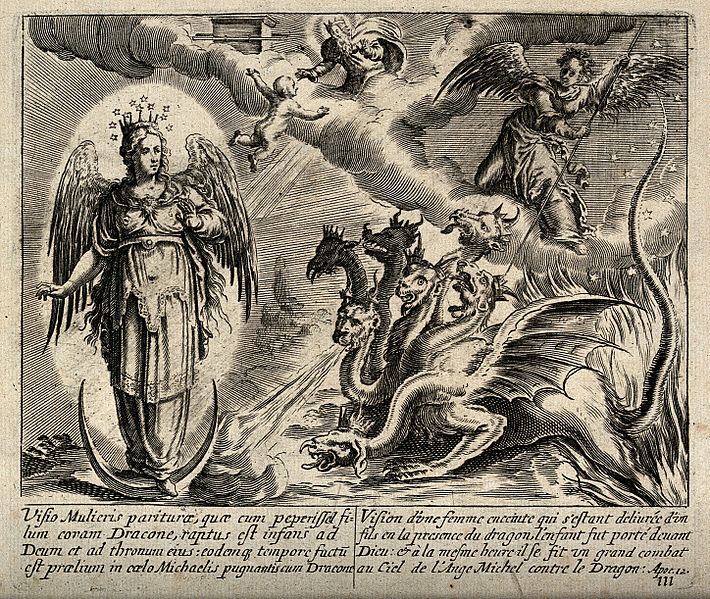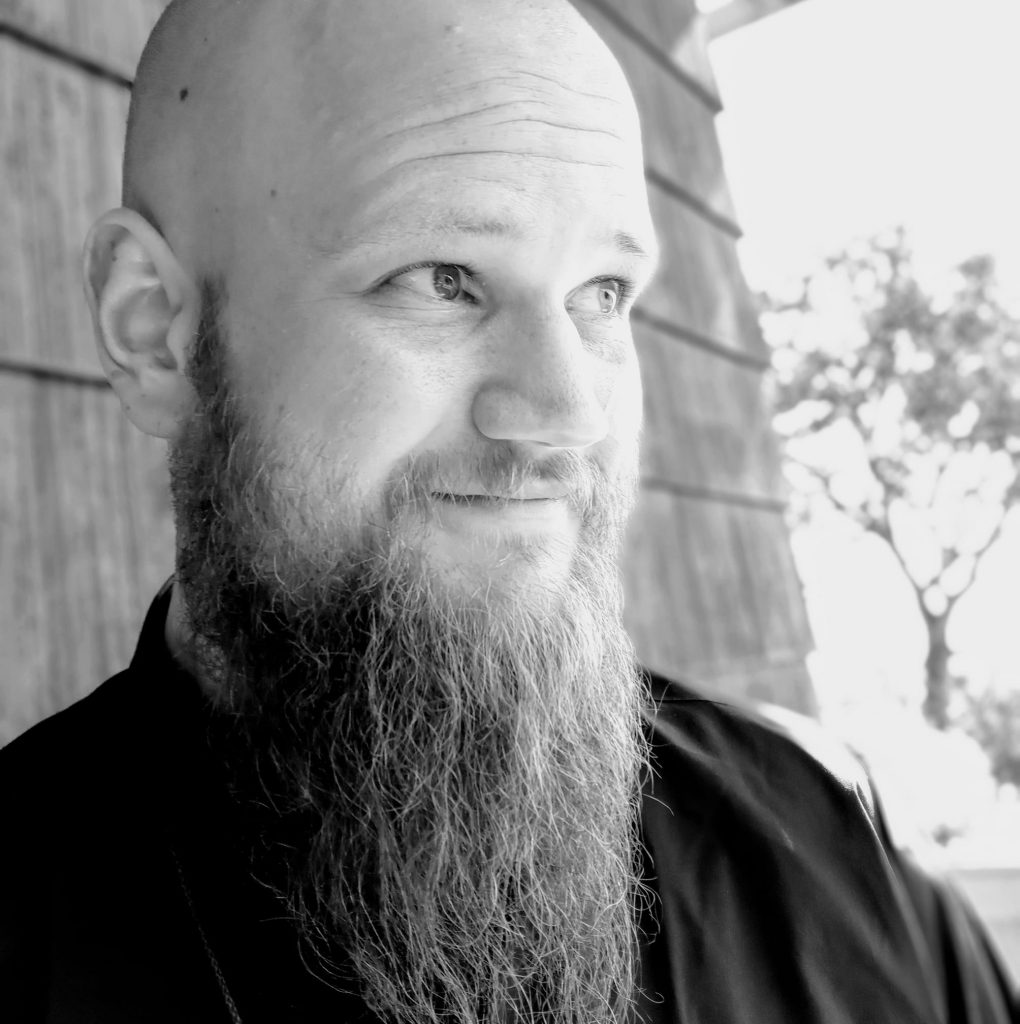Part 1: The New Church

“This new church is the crown of all the churches that have ever existed on this planet because it will worship the one God, who can be seen, within whom is the God that cannot be seen, like a soul in a body.” -Emanuel Swedenborg, True Christianity §787 *
Since the beginning of the Swedenborgian movement, followers of the Old Swede have had a variety of approaches to engaging other faith traditions. This has varied from the quasi-isolationism and dissociation from Mainline Christianity of the early Academy Movement to the admission of the Swedenborgian Church of North America into the U.S. Council of Churches.
Central to Swedenborg’s theology is his concept of the “New Church”. As many of his 18th century esoteric contemporaries, Swedenborg believed in a progressive and successive history of the Earth. He distinguishes five aeons, ages, or dispensations: The Most Ancient Church, a somewhat ideal spiritual state of connectedness with God in which humans were vegetarians and communicated directly with the divine in nature, the Ancient church, the Israelitish church, the Christian church, and finally the New Church. This new church, or new age, the coming of which he claims to have witnessed and equates to the spiritual second coming of Christ as well as the descent of the Holy City New Jerusalem from Heaven, is most clearly visible, so he claims, through an increase in religious and spiritual freedom and a reconciliation of love and wisdom, science and religion, spirituality and faith. Nowhere does Swedenborg indicate that the New Church was to be a separate, new ecclesiastical organization.
In the late 18th century, just shortly after Swedenborg’s death, distinctly Swedenborgian groups had already been formally established. The Exegetic-Philanthropic Society in Sweden was heavily influenced by the emerging Spiritualist movement. In England, an abolitionist society around the political activist and spiritual leader Charles B. Waldström had attracted a large size of followers who used the writings of Swedenborg as their main inspiration for the abolishment of African slave trade. Finally, the Theosophical Society (not to be confused with Blavatsky’s group) became the first semi-ecclesiastical New Church organization, but had no established clergy or liturgy, and did not require its members to resign from membership in their denominations (neither does the modern Swedenborgian Church of N.A., by the way). (Block, Marguerite Beck. The New Church in the New World: A Study of Swedenborgianism in America. p. 65) *
It was at this time that John Clowes, an esteemed and active Anglican minister, who had been preaching Swedenborg’s theology from his pulpit at Manchester’s St. John’s Church, with little opposition from his superiors (and was, in fact, offered the position of bishop following his increased popularity), entered into a significant public debate with Robert Hindmarsh. Hindmarsh, who had been raised in the Methodist faith, was a wealthy businessman in the printing business. He had read Swedenborg, accepted his writings as divinely inspired, and became a charismatic proponent of the new theology. He was instrumental in the formation of the Theosophical Society (67).
Clowes had established a reading group in Whitefield, dedicated to the study of Swedenborg’s writings. In 1787, the idea of acquiring a building for worship, and holding separate, distinctly Swedenborgian worship services, was discussed in the Whitefield group. Until this point, members of the society had remained members of their established churches. Clowes saw this as a dangerous move towards separating from the “old church.” He held the strong belief, likely confirmed by his success in promoting Swedenborgian theology among his fellow Anglicans, that the New Church Swedenborg writes about was to emerge directly out of the “old church,” and encouraged his followers to be patient (65). Hindmarsh, on the other hand, entered into the debate with a passionately separatist stance. His position may be partly due to his Methodist background. While Anglican authorities tended to be mostly tolerant towards their members’ incorporation of Swedenborgian theology into their faith, the Methodists had taken a much more authoritative position, actively alienating and even excommunicating adherents who became too involved in the study and promotion of Swedenborg (67). This left Methodist followers of Swedenborg, among others, with no formal church community, clearly making the prospect of a separate denomination appealing.
In 1787, the first distinct, separate Swedenborgian church was officially established by Hindmarsh and his followers at a private home in Manchester. In its constitution, the newly formed society declared the necessity of baptism and holy supper being performed in a distinctly “New Church” manner, thus requiring a distinct “New Church” priesthood. A dissenter’s license (required by the state to officially cut ties with the Church of England) was obtained. That same year, the congregation rented a small chapel as their own place of worship. (67-69) This marks the beginning of a new period of Swedenborgian religion, in which there exists a distinct, visible, and separate “church”, self-identifying exclusively with the theology of Emanuel Swedenborg. In 1791, the first Swedenborgian house of worship was built, the “New Jerusalem Temple” in Birmingham, England.
(below is a 3D rendering of the Birmingham Temple, by the Rev. Joel Glenn)
Part of the reason for the variety of approaches among Swedenborgians is the ambiguity of Swedenborg’s theology as it relates to the existing religious structures. While Swedenborgians have traditionally done well on the inter-faith level due to his universalist view of religious diversity, its relationship to Christianity has been complex. While Swedenborg’s theosophy is decidedly Christian, it explicitly rejects many of the theological tenets of established Christianity. His concept of the New Church has been at the core of this tension.
It appears that Swedenborg himself believed that his writings would permeate European academic and theological discourse, slowly reforming many realms of thought and philosophy. This never quite happened. Mainline Christianity has never had much use for his theology. The dominant realms of Swedenborgian influence have been alternative spirituality, the arts, and literature. The obvious question for Swedenborgians became how it ought to relate to existing structures. Is the “New Church” to replace or reform religious thought and experience? Is it meant to be a “church”, in the classical sense of the term, or is it a spiritual state which effects humanity regardless of religious or denominational affiliation? Or maybe both? Neither? Is the “Old Christian Church” really dead?
STAY TUNED FOR PART II: “SWEDENBORG AND PROTESTANTISM”!
*Swedenborg, Emanuel. True Christianity. Translated by Jonathan S. Rose. West Chester, PA: Swedenborg Foundation, 2010.
**Block, Marguerite Beck. The New Church in the New World: A Study of Swedenborgianism in America. Octagon Books, 1968.

Rev. Thom Muller is pastor at Hillside, an Urban Sanctuary, in El Cerrito, California, as well as senior editor of Our Daily Bread. His passions include the intersection of spirituality and psychology, interfaith theology, and the Western esoteric tradition. A native of Germany, Rev. Muller was ordained into the ministry of the Swedenborgian Church of North America in 2016, upon receiving his theological education at Bryn Athyn College of the New Church and the Center for Swedenborgian Studies and Pacific School of Religion at the Graduate Theological Union in Berkeley.